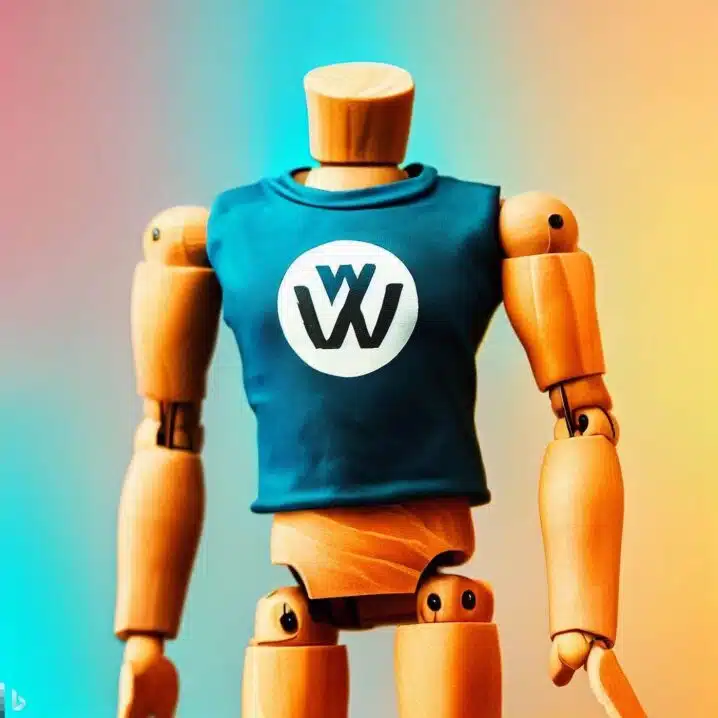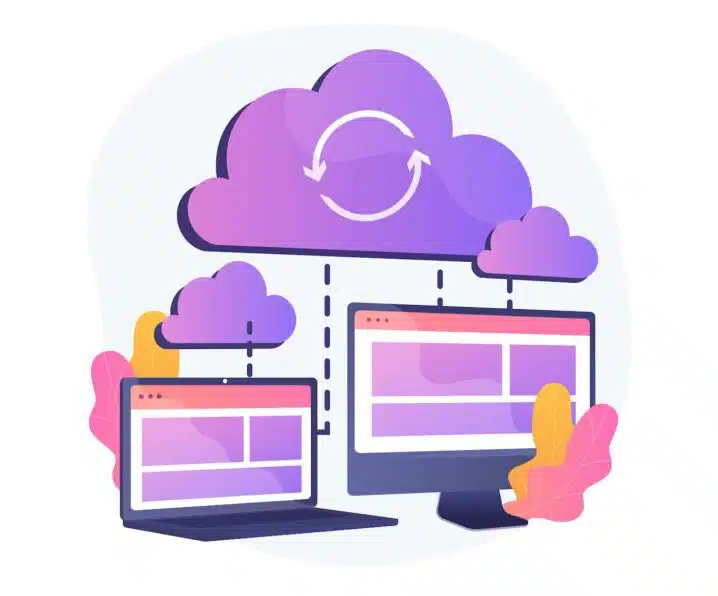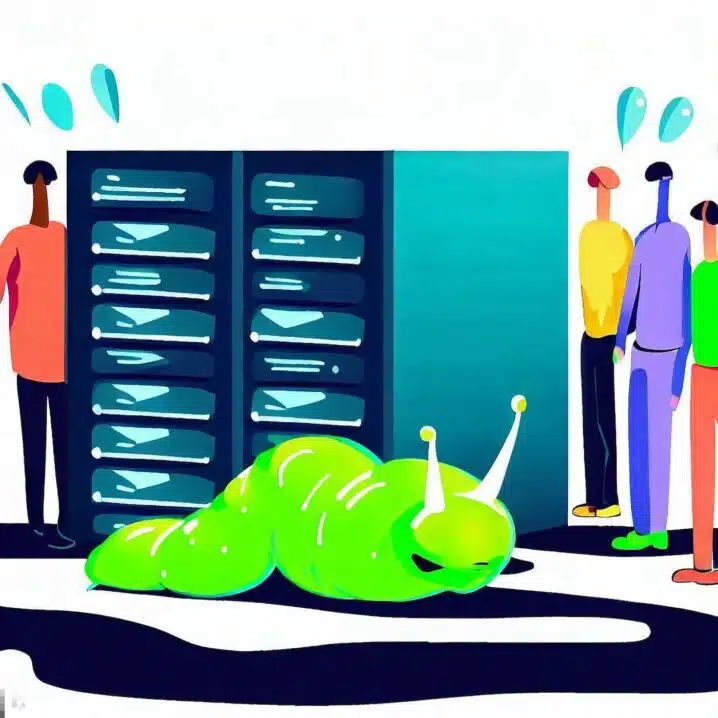If you’re like me, you might have heard the term “headless WordPress” and wondered what it means. Is it a scary Halloween prank where someone chops off the head of Wapuu the WordPress mascot and leaves it on your doorstep? 🤣 Is it a medical condition where you lose your mind after spending too much time tweaking your WordPress site?
None of the above. Headless WordPress is actually a very cool and modern way of creating fast and flexible websites using WordPress as a backend and a different technology as a frontend. In other words, you separate the “head” (the part that displays the content to the users) from the “body” (the part that stores and manages the content) of your website.
Why would you do that, you ask? Well, there are many benefits to going headless, such as:
- You can use any frontend technology you want, such as React, Vue, Gatsby, or even plain HTML and CSS. This gives you more freedom and flexibility to create the website of your dreams.
- You can improve the performance and security of your website, as you don’t have to load all the WordPress code and plugins on every page request. You also reduce the risk of hacking, as your frontend is not directly connected to your backend.
- You can deliver your content to multiple channels and devices, such as mobile apps, smart TVs, voice assistants, or even smart fridges. You just need to fetch the content from your backend and display it on your frontend.
Sounds awesome, right? But before you rush to decapitate your WordPress site, there are some things you should consider.
Read also
How to add a favicon to WordPress
Headless WordPress, some things to keep in mind
- You need to have some technical skills and knowledge to set up and maintain a headless WordPress site. You also need to find a suitable hosting provider that supports both your backend and frontend technologies.
- You lose some of the features and functionalities that WordPress provides out of the box, such as themes, plugins, widgets, menus, comments, etc. You have to either recreate them on your frontend or find alternative solutions.
- You have to deal with some challenges and limitations that come with using a headless approach, such as SEO, caching, previewing, editing, etc. You have to find ways to overcome them or accept them as trade-offs.
So, is headless WordPress for you? That depends on your goals, needs, preferences, and resources. If you’re looking for a simple and easy way to create a website with WordPress, then headless WordPress might not be the best option for you. But if you’re looking for a more advanced and innovative way to create a website with WordPress, then headless WordPress might be just what you need.
How does it work?
To make headless WordPress work, you need to use the WordPress REST API or GraphQL to fetch and update your content from the back-end. The WordPress REST API is a built-in feature that allows you to access your WordPress data in JSON format. GraphQL is a query language that allows you to request only the data you need from the back-end. You can use plugins like WPGraphQL to enable GraphQL support for WordPress.
Headless WordPress offers many benefits, such as improved performance, security, scalability, and flexibility. However, it also comes with some challenges, such as losing some of the WordPress features. Therefore, headless WordPress is not for everyone and you should carefully weigh the pros and cons before deciding to use it for your project.
Either way, I hope this post has helped you understand what headless WordPress is and whether it’s something you want to try. If you have any questions or comments, feel free to leave them below.




